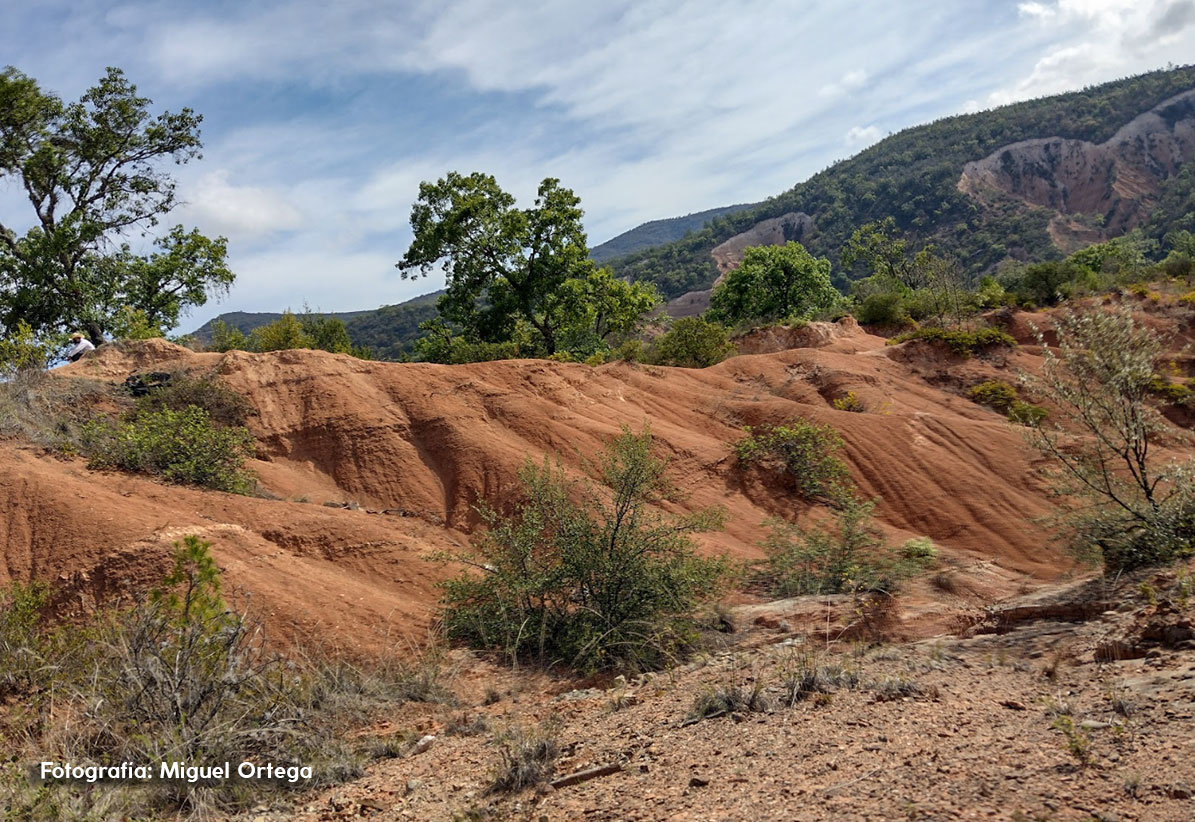
Soil and Landscape: the skin of the earth
Ivonne Walls in “Soil and Landscape: the skin of the earth” talks about the characteristics and importance of soil.
The soil is the most superficial portion of the earth’s crust, consisting mostly of rock residues from erosive processes and other physical and chemical alterations, as well as from the accumulation and mixture of organic and mineral matter, the result of biological activity that has developed on the surface for thousands of years. This process results in a well-differentiated layering, observable at the points of failure or fracture of the earth’s crust. It is the most visible portion of planet Earth, it is the place where we plant what we are going to harvest, build our houses and bury our dead. It is an extremely varied and multiform surface, on which climatic phenomena such as rain, wind, etc.
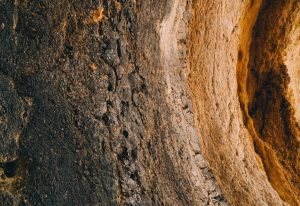
Soil layers
Photography: alesia-kozik – Pexels
It is also the scene of complex chemical and physical processes, as well as an underground ecosystem of small animals and abundant microorganisms, whose presence directly impacts its fertility and its ability to create conditions for various uses. The soil is composed of ingredients that can be: solids, liquids and gaseous. The properties and characteristics of the soil are very varied and depend on the type of surface and the particular history of the region where it is located. Broadly speaking, we can identify the following: variability, fertility, mutability and solidity and texture. There are different types of soil, each the result of
different formation processes (sedi- mentation, degradation by water and wind, amount of organic waste), and can be classified according to the two following criteria: according to its structure: sandy, humiferous, clay, stony and mixed soils. According to their physical characteristics: lithosol, cambisols, luvisols, acrisols, gleysols, fluvisols, rendzina and vertisols.
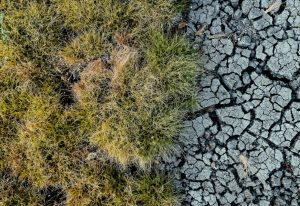
Soil
Photography: Jjeff-stapleton – Pexels
The entire earth’s surface is covered by a thin layer of soil whose thickness varies between a few centimeters and two or three meters. While this layer may seem insignificant compared to the mass of the planet, in those few centimeters, the plant and animal kingdoms meet the mineral world and establish a dynamic relationship with it. Plants obtain water and essential nutrients
from the soil while animals make their own matter at the expense of plants. Then, the plant and animal residues return back to the soil, where they are decomposed by the large microbial population found there. Thus, life is essential for soil and soil is essential for life.
“Life is essential for soil and soil is essential for life”
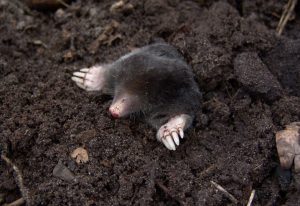
Mole
Photography: Pexels
In addition, healthy soils are key to the supply of clean water. Soils capture, store and filter water, making it safe to drink. When they have a high organic matter content they can also store large amounts, which helps crops cope with drought and adapt to extreme rainfall. Likewise, the conservation and improvement of soils is fundamental for several reasons: They provide food (95% of the world’s food depends on them), they promote biodiversity (soils house a quarter of the biodiversity of our planet, in fact, there are more living organisms in a bucket of earth than there are people on our planet), and they reduce greenhouse gasses, helping to combat change. More than 500 antibiotics are derived from soil microbes.
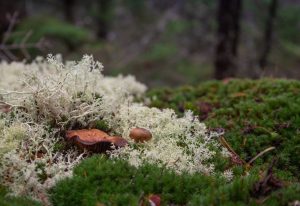
Soil
Photography: Julia Barrantes – Pexels
It is clear, then, that it is essential to know our soils and their potential in optimal conditions of use and that we must also fight to preserve their productive and environmental capacity, preventing human actions on them from diminishing that capacity or causing the loss of their functions.
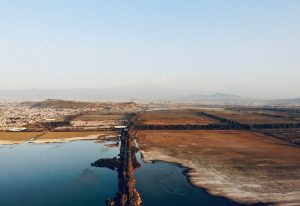
Photography: María del Cielo Ríos Cabrera











